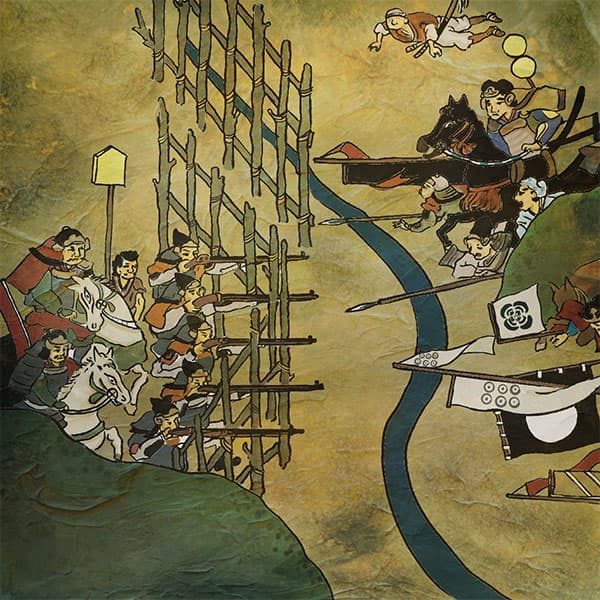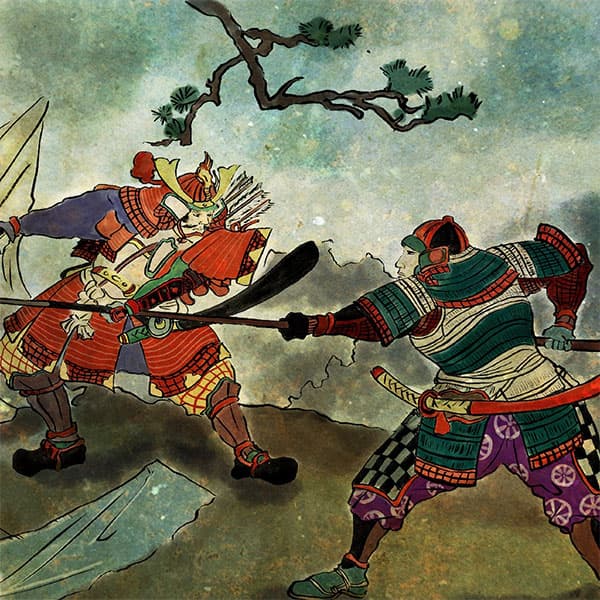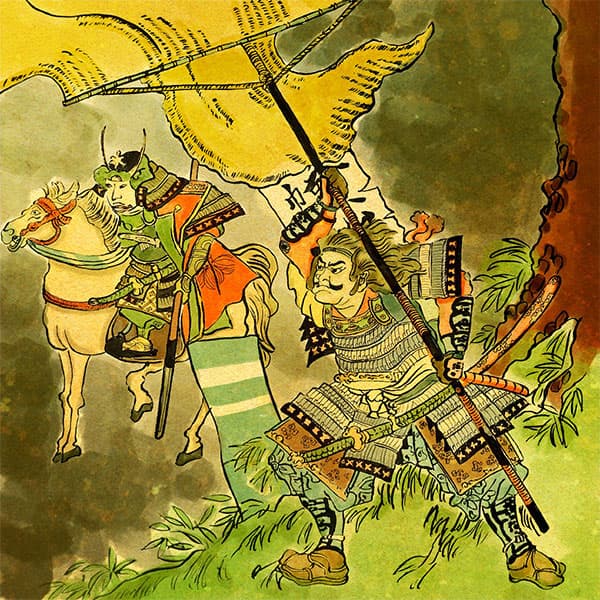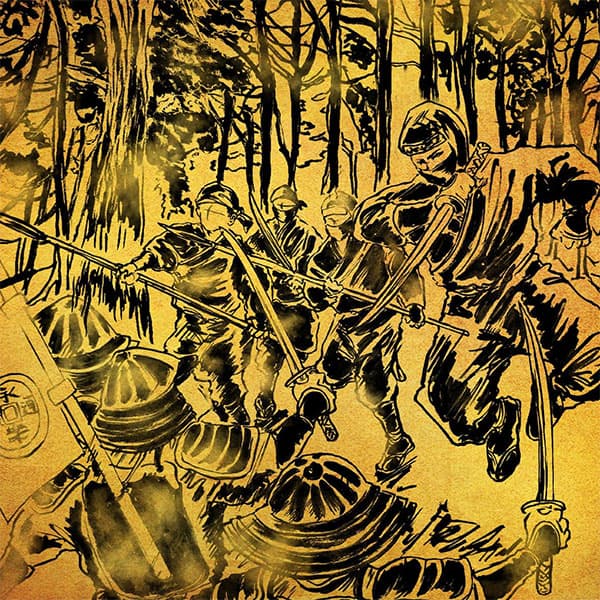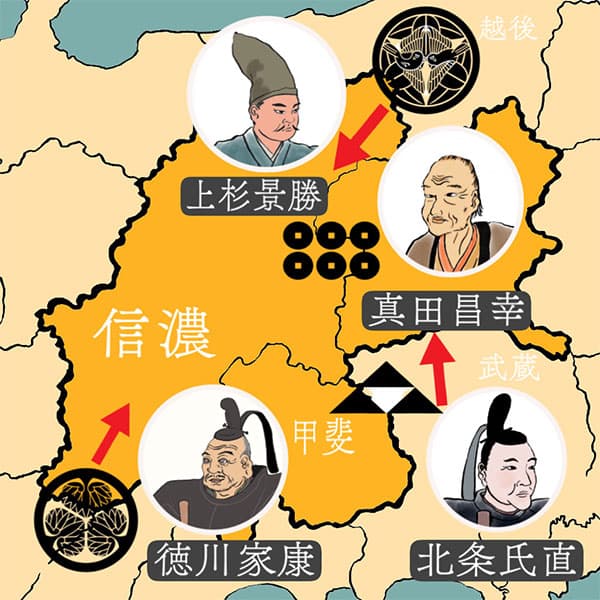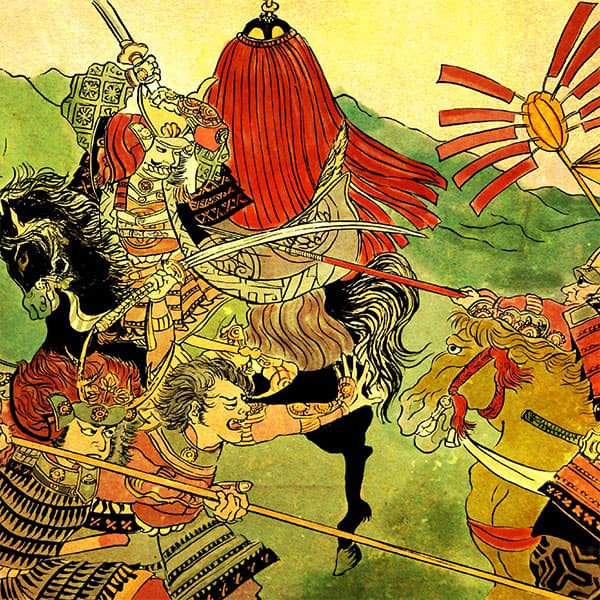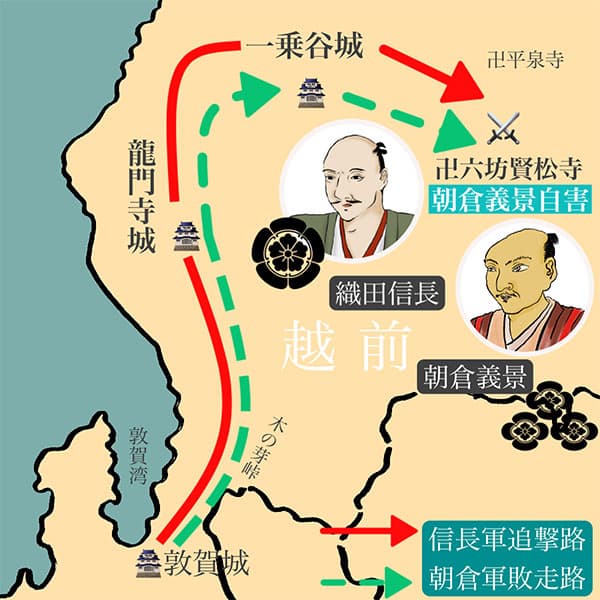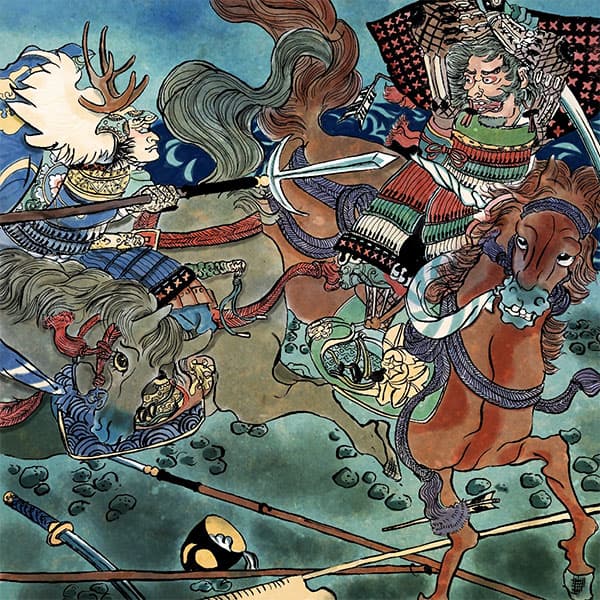Oda Nobunaga (2/2)A military commander who fell before the unification of the country
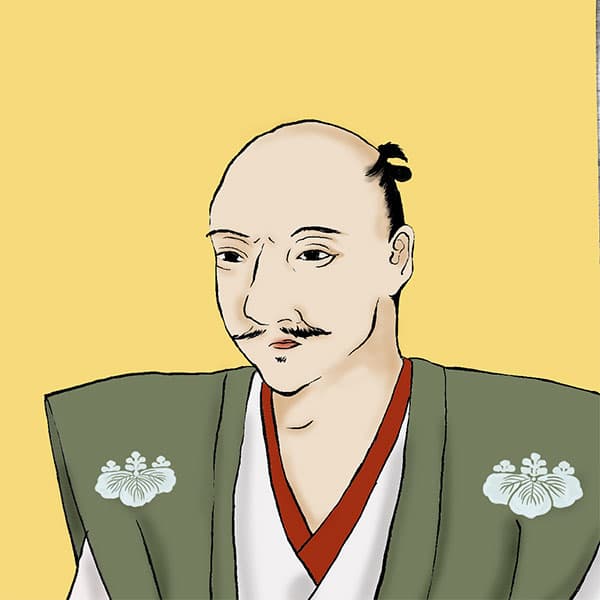
Oda Nobunaga
- Article category
- biography
- name
- Oda Nobunaga (1534-1582)
- place of birth
- Aichi prefecture
- Related castles

Kiyosu Castle

Komakiyama Castle

Gifu Castle

Sunomata Night Castle
- related incident
However, Akechi Mitsuhide, who was supposed to have ordered reinforcements for Hideyoshi, suddenly marched into Kyoto and attacked Honnoji Temple in the early hours of June 2nd. Nobunaga led only a small army, but at first he struggled with his bow and spear.
However, Nobunaga was no match for the overwhelming number of Akechi's forces, and he set himself on fire and committed suicide in the blazing flames. He passed away at the age of 49.
The next morning, Akechi's side searched for Nobunaga's body, but it was never found because there were so many burnt bodies that it was impossible to determine which was Nobunaga's body. Four months after the Honnoji Incident, Nobunaga's funeral was held in a grand manner at Daitokuji Temple by Hideyoshi Hashiba, who had defeated Mitsuhide Akechi.
There are two family temples of Oda Nobunaga. Sofukuji Temple in Gifu City and Daitokuji Sokenin Temple in Kyoto City. Also, Kenkunjinja Shrine, located halfway up Mt. Funaoka in Kita Ward, Kyoto City, was built during the Meiji period.The main deity is Oda Nobunaga, and his son Oda Nobutada is enshrined here. It is a shrine.
Portrait of Oda Nobunaga
It is said that when Oda Nobunaga was young in Owari Province, he wore a strange outfit and walked around eating melons as an ``Ootsuke.'' This behavior tends to be seen as symbolizing Nobunaga's genius as he grew up, but on the contrary, as he grew up, he became more sensible (probably influenced by Nobunaga's personal values). ) has grown into a person.
He was also passionate about martial arts and is said to have learned horsemanship, swimming, archery, and gunnery.
According to ``Great Japanese History'' written by Luis Frois, a missionary who had an audience with Nobunaga Oda, Nobunaga was described as medium-sized and slender, with a short beard and a high-pitched voice. He did not drink alcohol, moderated his diet, and was extremely frank in his treatment of people, but he did not listen to their opinions and valued his own views.
It is said that he respected honor, was strict about justice, and ruled the world with great wisdom as a very rare and excellent commander.
Nobunaga's hobbies include tea ceremony and sumo wrestling, as well as falconry since he was young, which he did every day in his free time.
Apparently there was. It is also known that he loved Kowakamai and short songs.
Kiyosu Castle, Komakiyama Castle, Gifu Castle
There are several castles that are associated with Oda Nobunaga, but we will introduce the castles from his time in Owari and Mino provinces.
- Kiyosu Castle
- Kiyosu Castle is located in the center of Owari Province, and for a time it prospered as the protectorate of Owari Province. This castle was located in Kiyosu, Kasugai District, Owari Province (currently Ichiba, Kiyosu City, Aichi Prefecture). It was originally a castle built by the Kanryo Shiba family, the guardians of Owari, Totomi, and Echizen. Nobunaga moved there from Nagono Castle and made it his base for 10 years until he moved to Komakiyama Castle to conquer Mino Province.
Part of the main enclosure earthworks remains today. The interior of the castle tower, which was rebuilt in 1989, is used as a historical museum, and the Kiyosu Castle Ruins (Kiyosu Park, Kiyosu Castle Ruins Park) has a bronze statue of Nobunaga and a monument honoring the Kiyosu Castle Ruins. - Komakiyama Castle
- Komakiyama, where Komakiyama Castle was located, is located in Komaki City, Aichi Prefecture. Komakiyama Castle was built by Oda Nobunaga as a base for conquering Mino Province, and later served as a base for Tokugawa Ieyasu who fought against Hideyoshi Hashiba in the Battle of Komaki and Nagakute.
Currently, the entire mountain is a historical park, and the Komaki City History Museum is located in a castle tower-like building built in 1967. It is also known as a famous cherry blossom viewing spot. - Gifu Castle
- Gifu Castle was a castle located on Mt. Inaba in Inokuchi, Mino Province (present-day Mt. Kinka in Gifu City, Gifu Prefecture). It was originally called Inabayama Castle, and is thought to have been fully developed in the late Muromachi period, during the reign of Saito Dosan. Gifu Castle was created by Nobunaga Oda, who took it from Tatsuoki Saito, moved his base from Mt. Komaki to our castle, and destroyed that territory to build a new castle.
A mock castle tower was built in 1910, but it was destroyed by fire before the war. After the war, the current castle was built in 1956 using donations from citizens. It is counted as one of Japan's top 100 castles of the Heisei era.
Places related to Oda Nobunaga, etc.
- Gifu Nobunaga Festival
- The Gifu Nobunaga Festival is held every year on the first Saturday of October and the following Sunday in Gifu City, Gifu Prefecture, and is held to commemorate the great deeds and virtues of Oda Nobunaga. The city center has been turned into a pedestrian paradise, and historical processions, including a procession of mounted warriors in which people selected by screening are dressed as Oda Nobunaga and others, are held at Kanda.
In addition to parades through the town streets, various elaborate events are held every year. - Azuchi Nobunaga Festival
- This festival is held every June in Azuchi, Omihachiman City, Shiga Prefecture. The main attraction is the parade of warriors around Azuchi Castle. A marching ceremony is held in front of JR Azuchi Station with the ruins of Azuchi Castle, the last castle in the background, and paraded to the foot of Mt. Azuchi wearing costumes such as Nobunaga, military commanders, princesses, and missionaries.
There will also be events such as the ``Azuchi Rakuichi'' selling local specialties and moat tours. - Azuchi Castle Ruins and Azuchi Castle Castle
- Oda Nobunaga spent about three years building Azuchi Castle, his last residence, and it is said to have been a world famous castle that used the best technology and art in Japan at the time, but it was burnt down after Nobunaga fell during the Honnoji Incident. did.
It is now designated as a national special historic site, and you can see the remains of the stone walls and other structures. Furthermore, in Azuchi Town, there is the Azuchi Castle Nobunaga's House, which has been restored to its original size and was exhibited at the Japan Pavilion at the Seville Universal Exposition in Spain. - Honnoji temple ruins
- Honnoji Temple is where Oda Nobunaga was killed by Akechi Mitsuhide and ended his life. The current Honnoji Temple has been relocated, and a stone monument has been erected on the site where Honnoji Temple stood at the time Nobunaga was killed. It is said that the character on the stone monument is not the usual ``Noh'' character, which uses two ``hi'' characters, but an old kanji character that expresses the wish for the fire to pass away.
Reread the article on Oda Nobunaga
- related incident

- WriterTomoyo Hazuki(Writer)I have loved history and geography since my student days, and have enjoyed visiting historical sites, temples and shrines, and researching ancient documents. He is especially strong in medieval Japanese history and European history in world history, and has read a wide range of things, including primary sources and historical entertainment novels. There are so many favorite military commanders and castles that I can't name them, but I especially like Hisashi Matsunaga and Mitsuhide Akechi, and when it comes to castles, I like Hikone Castle and Fushimi Castle. Once you start talking about the lives of warlords and the history of castles, there's a side of you that can't stop talking about them.





